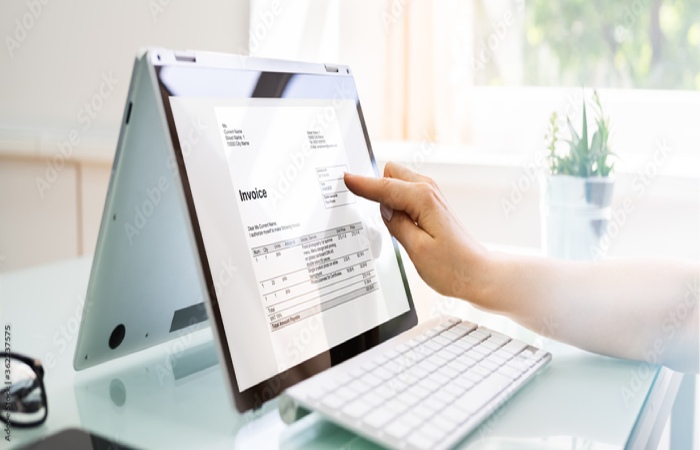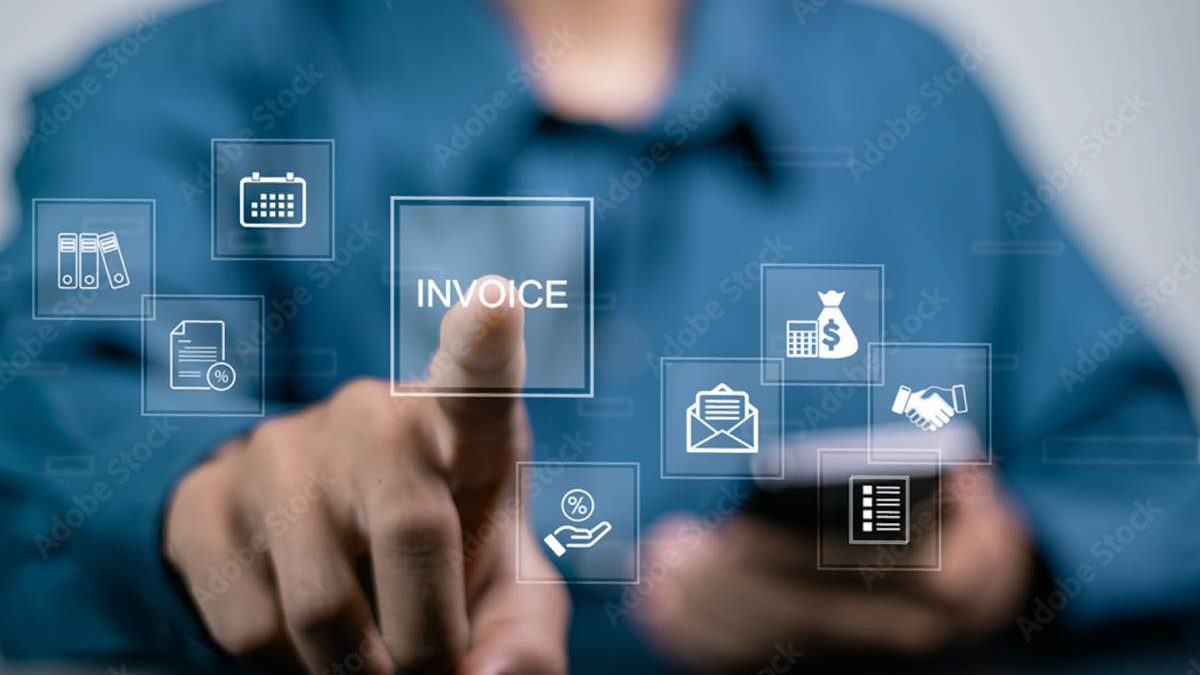It’s late on a Friday afternoon, and you’re buried under a mountain of invoices. Your eyes are glazing over as you manually input data, check for errors, and route approvals. Sound familiar? If you’re nodding your head, you’re not alone.
Many businesses struggle with the time-consuming task of invoice processing. Believe it or not, 48% of all businesses deal with up to 500 invoices every month! And get this: 66% of them say they spend more than five days just processing them. But what if there was a way to make this tedious job easier without turning your entire system upside down? (1)
Enter invoice processing automation. In this article, you’ll learn the step on how to automate invoice processing, while keeping your business running as it is.
Table of Contents
Choose the Right Software
The first step in this journey is selecting the right accounts payable automation software. This software harnesses the power of Intelligent Document Processing (IDP) and reputable AI services to process invoices in a more streamlined manner.
This decision is crucial; the right tool will make all the difference in how smoothly your transition goes. According to a report, invoice automation can slash costs by a whopping 81% and make things 73% more efficient. (2)
That said, when shopping for invoice automation software, consider how well it integrates with your existing systems. Does it play nicely with your current accounting software? Can it communicate with other tools your business uses? These are important questions to ask.
Also, think about your specific needs. Do you deal with a high volume of invoices? Do you have many different vendors with varying invoice formats? Look for software that addresses your unique challenges.
Remember, the idea is to streamline the process, not make it more complicated. So, take your time choosing software and don’t be afraid to ask for demos or try it out before you decide.
Start Small with a Pilot Program
Once you’ve chosen your automated invoice processing software, resist the urge to implement it across your entire organization immediately. Instead, start small with a pilot program.
Pick one department or a specific type of invoice to begin with. This approach allows you to test the waters and work out any kinks before rolling out the new system company-wide.
For example, you might start by automating the processing of office supply invoices in your administration department. This limited scope gives you a chance to see how the software performs in a real-world setting without risking major disruptions.
During this pilot phase, pay close attention to what’s working well and what isn’t. Also, gather feedback from the employees involved and be prepared to make adjustments as needed.
Standardize Invoice Formats
To make your new automation system work better, ask your vendors to send invoices in the same format. This might seem tough, but many suppliers will agree if it means getting paid faster.
With a standard invoice template, it’s like everyone speaking the same language—things can go much smoother.

Harness the Power of OCR Technology
But what about those paper invoices that still come your way? This is where Optical Character Recognition (OCR) technology comes in handy.
OCR is like a super-smart scanner. It can ‘read’ paper documents and convert them into digital data that your automated system can process. This technology bridges the gap between the paper world and the digital one. According to IBM, OCR can help ‘cut costs by reducing or eliminating redundant manual input.’ (3)
Plus, by implementing OCR, you ensure that no invoice gets left behind in your automation efforts. Whether an invoice arrives by email, snail mail, or carrier pigeon, your system will be ready to handle it.
Set Up Automated Data Validation
Mistakes happen, even in the world of automation. That’s why it’s crucial to build in some safeguards.
Configure your new system to automatically check for errors and inconsistencies. This might include verifying that invoice numbers are unique, checking that totals add up correctly, or ensuring that vendor information matches what’s in your database.
This automated validation acts like a safety net, catching potential issues before they can cause problems down the line. It’s like having a tireless accountant working 24/7 to keep your invoices in order.
Seamless Integration is Key
Your new invoice processing workflow should work well with your other business tools. So, make sure it connects smoothly with your accounting software and payment processing systems. When everything works together, you’ll have a smoother process from start to finish.
To make the transition smoother, you can set up your automated system to use the same approval process you use now. This familiarity can help your team adapt faster.
Don’t Forget About Your Team
While technology does most of the job here, you shouldn’t disregard human involvement. Your team will be using the new system, so make sure they know how to use it and why it’s important.
Provide comprehensive training to all employees who will be interacting with the new automated system. This training should cover not just how to use the software but also why the change is happening and how it benefits the company and them.
Remember, change can be hard. So, involve your team and help them understand the key benefits of the new system.
Keep a Close Eye on Performance
Once your automated system is up and running, your work isn’t done. It’s crucial to regularly monitor its performance and make adjustments as needed.
Set up regular check-ins to review how the system is performing. Are invoices being processed faster? Are there fewer errors? Are there any bottlenecks in the new process?
Use this information to continually refine and improve your automated invoice processing. Remember, automation is a journey, not a destination. There’s always room for improvement.
Conclusion
Automated invoice processing can save your business time and money. By following these steps, you can make the switch smoothly and easily. Remember, the goal is to make your life simpler. So, take it one step at a time, involve your team, and don’t be afraid to make changes.
References
- ‘A Comprehensive Analysis Uncovers the Future of Invoicing’, Source: https://ceoworld.biz/2023/08/15/a-comprehensive-analysis-uncovers-the-future-of-invoicing/
- ‘Accounts Payable Process Automation Report: Technologies, market trends, benefits, and solutions of digitizing in 2020’, Source: https://www.businessinsider.com/accounts-payable-automation-report
- ‘What is optical character recognition (OCR)?’, Source: https://www.ibm.com/topics/optical-character-recognition

